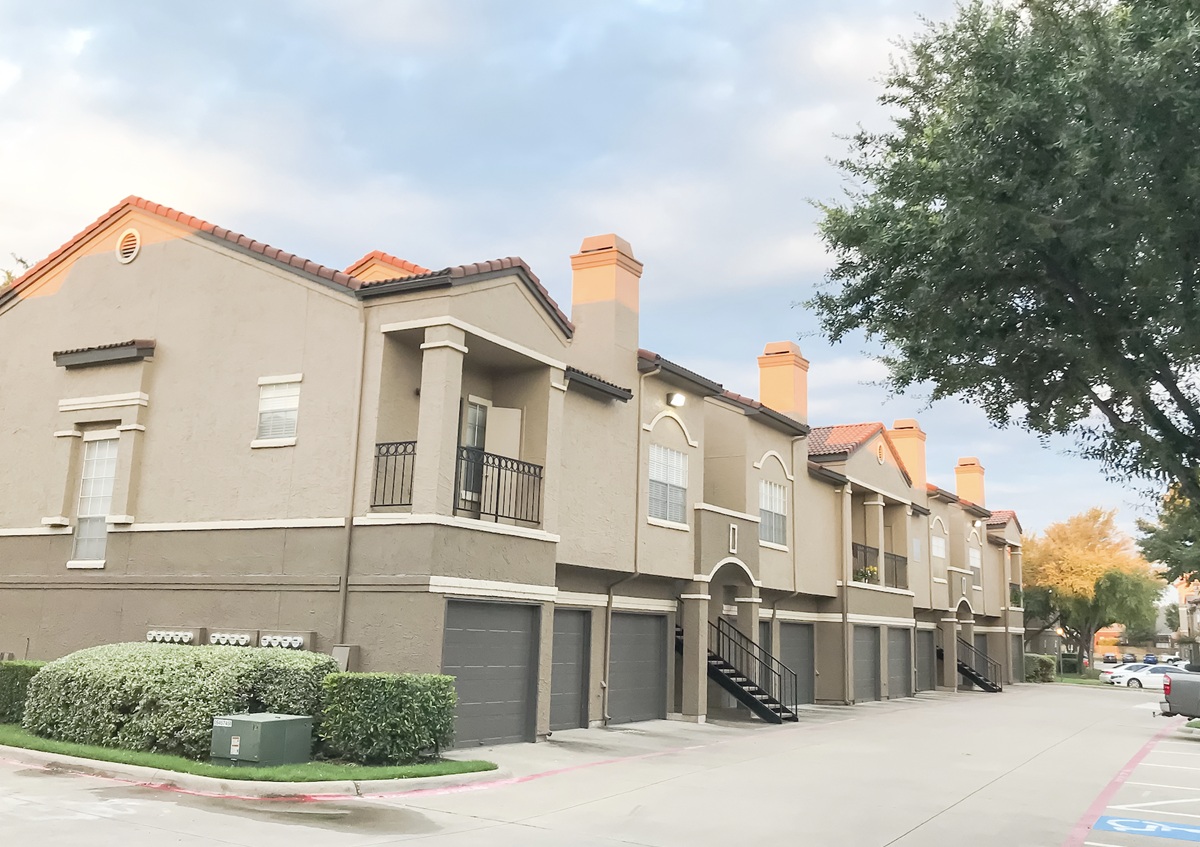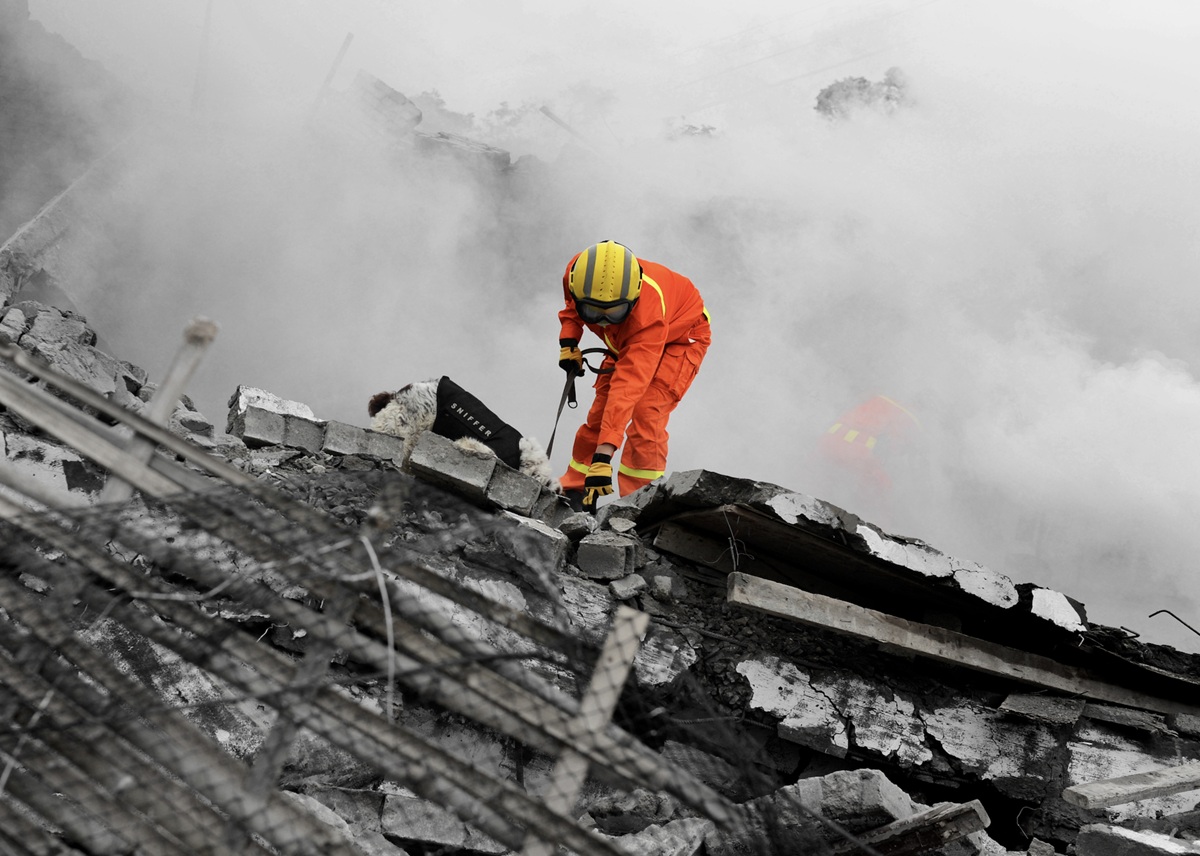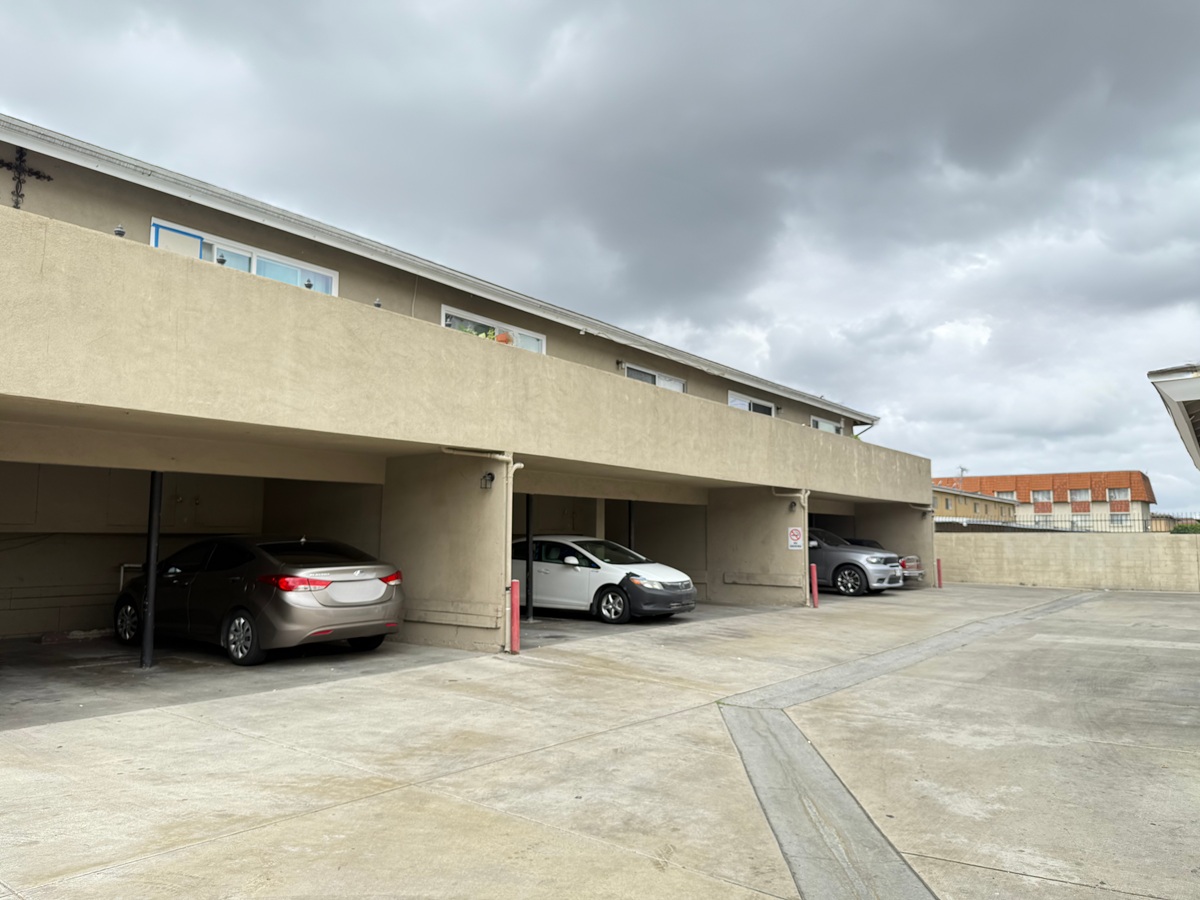As we approach the middle of 2025, many Californians continue to live in a state of earthquake denial. We often laugh off the possibility, assuming that because we’ve lived through past earthquakes, the next one won’t be worse. But that mindset is dangerous. Experts warn that a major earthquake, such as the long-predicted “Big One” along the San Andreas Fault, could strike at any time, and the risk to our properties, livelihoods, and communities is very real. Are we truly prepared for the damage such an event could cause? How would our homes, businesses, schools, and hospitals fare if disaster struck today?
Recent simulations by the U.S. Geological Survey forecast a magnitude 7.8 earthquake in Southern California, potentially leading to the collapse of more than 50 buildings, displacing thousands of residents, and causing widespread devastation. The financial impact could be as high as $300 billion in property damage. However, many buildings, especially those built before modern seismic codes, remain vulnerable. Seismic retrofitting, which strengthens these older buildings to better withstand earthquakes, is one of the most effective ways to protect both lives and investments. With a 99.7% chance of experiencing a magnitude 6.7 or larger earthquake in California within the next 30 years, we must take action now to safeguard our communities and properties from the next major earthquake.
In Southern California, thousands of buildings remain at risk, including older soft-story apartment buildings, tilt-up structures, and non-ductile concrete buildings. These structures are particularly vulnerable to collapse in the event of a significant earthquake. The threat to these properties is real, and the consequences of inaction could be severe. Retrofitting these vulnerable structures not only saves lives but also preserves the value of property and supports the regional economy. Case studies, such as the one from Anheuser-Busch’s brewery in Van Nuys, demonstrate the economic benefit of retrofitting. The brewery invested $11 million in retrofitting its structures, which protected them from the devastating 1994 Northridge earthquake, ultimately saving the company an estimated $750 million in avoided losses. These examples prove that investing in seismic retrofitting is not just about safety; it’s also about safeguarding your financial future.
Seismic retrofitting is an essential step in ensuring the safety and resilience of the communities we serve. For property owners in Southern California, particularly those managing older buildings, retrofitting is a proactive measure to minimize earthquake damage and maintain business continuity. It’s not just a personal matter for building owners; it’s a social and economic issue. Retrofitting contributes to the overall stability of our region by ensuring that businesses remain operational, residents can stay in their homes, and public services continue to function even in the aftermath of a major earthquake.
Beyond protecting buildings, seismic retrofitting plays a crucial role in helping maintain the flow of essential services after a major disaster. The quicker communities can recover, the faster businesses can reopen, and families can return to their homes. This type of preparedness and resilience reduces the chaos and economic disruption caused by earthquakes, ensuring that life can return to normal more quickly.
Don’t wait for disaster to strike. Protect your property, tenants, and investment by acting now. Contact Optimum Seismic to schedule a complimentary assessment of your building’s earthquake safety. We’ll provide you with the information you need to make informed decisions and ensure your building is prepared for the next seismic event. Visit optimumseismic.com or call us at 323-978-7664 to get started today.







